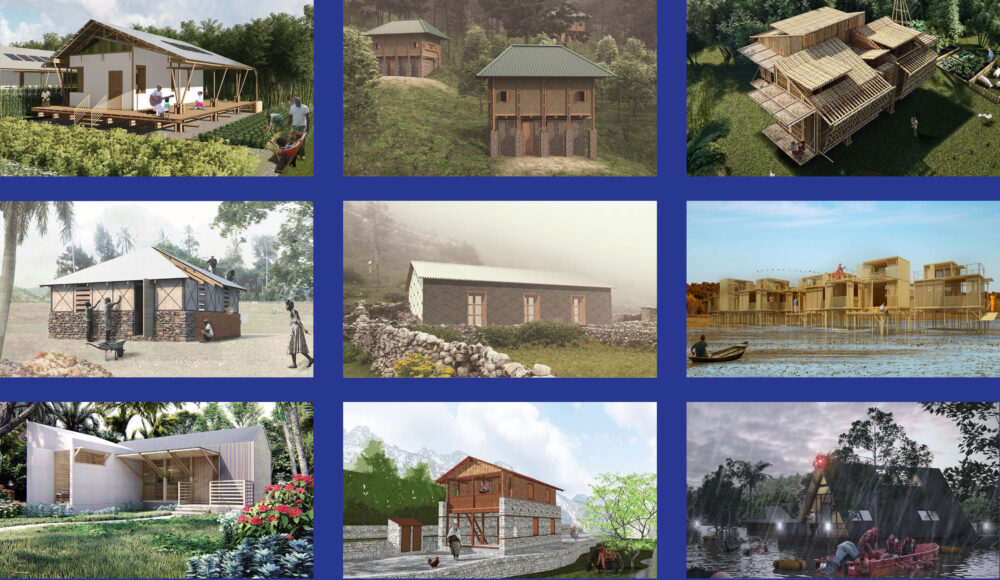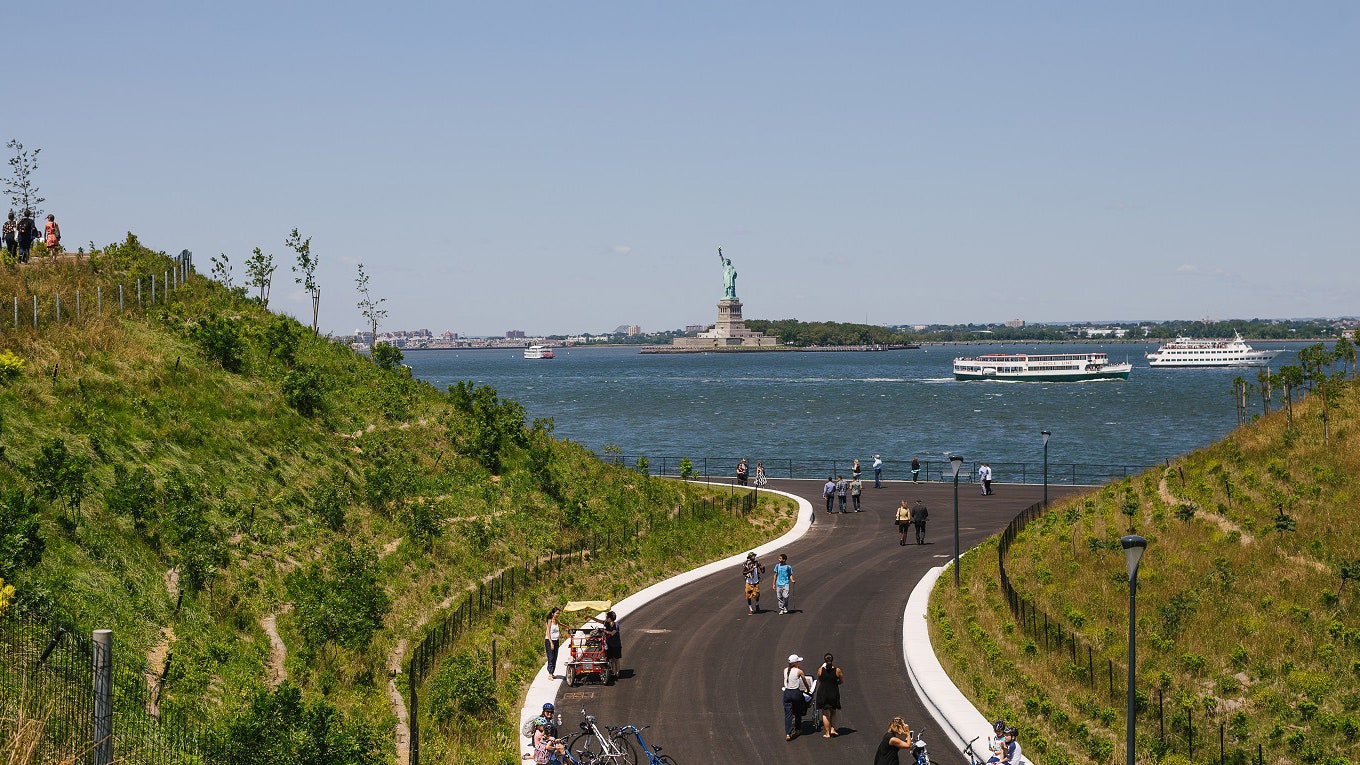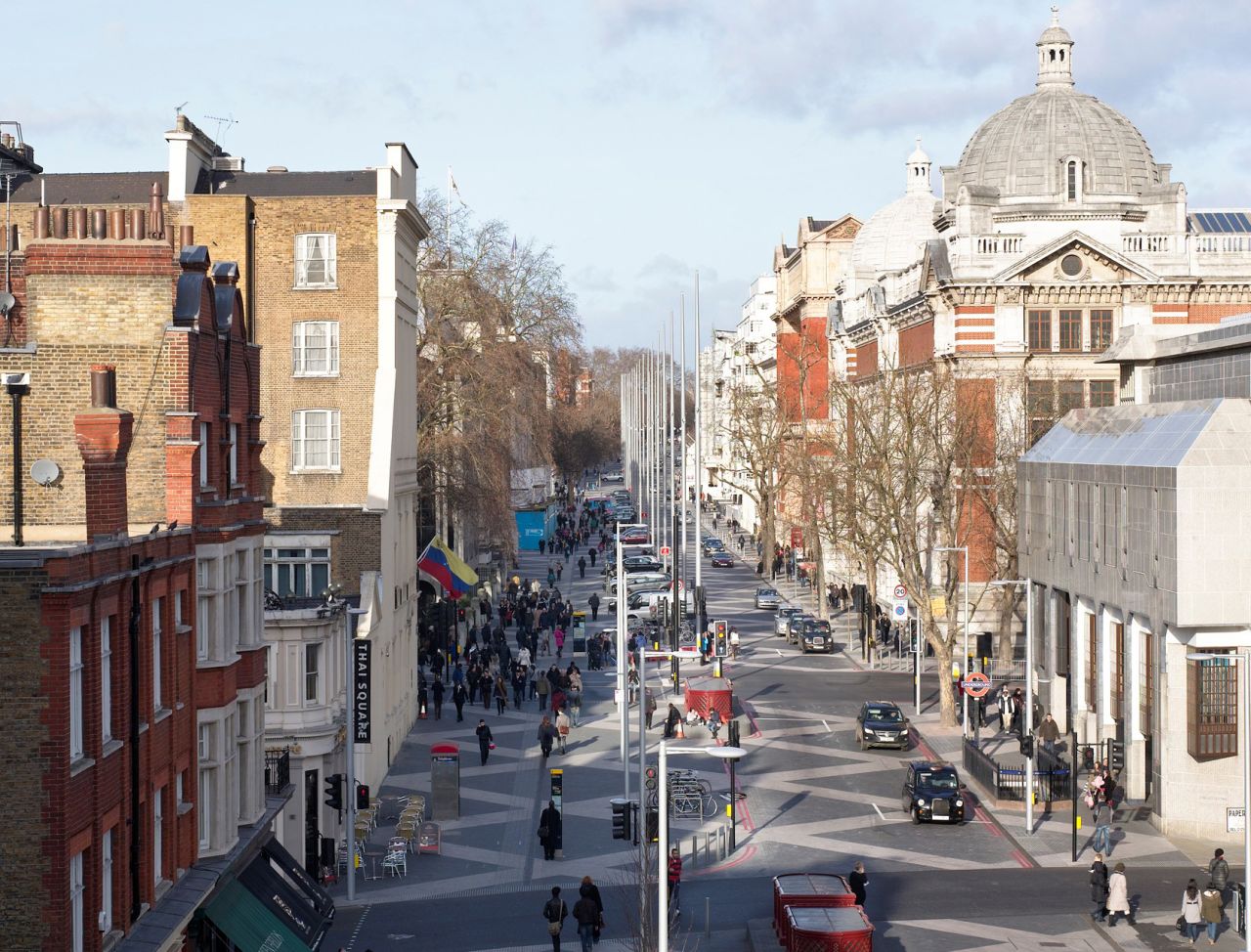-

Crowdsourcing Design Solutions at Build World
Crowdsourcing solutions or crowdsolving is not a new concept. Back in 1714 this approach was successfully used to find a way (out of more than 100 submissions) to determine longitude at sea. Today, the European Union defines it as something that ‘enables individuals and organisations to engage crowds to submit, discuss, refine and rank ideas and…
-

Urban consciousness as a path to evolution
Cities are about integration and evolution. They bring together people of different ages, backgrounds, cultures, education, skills, knowledge and social status. They agree to live together under common rules in a dense, defined area. Their interaction activates cities and creates the experiences that are later integrated towards the collective evolution of society. People come to…
-

Community and Participatory Governance
Decisions in cities are normally made in a top-down approach without the involvement of the broader community. Because of that, a lot of people feel disconnected from what happens in their cities and do not approve of urban projects and developments and how money is being spent. With all the guidelines mentioned in this article, the…
-

Abundance and Circular Economy
Globalization has created a hyper-connected world with many benefits, yet it has also created an overdependence on the outside and a reliance on global supply chains, usually controlled by a few companies, to supply most basic goods and services. Given the state of the world with all the problems related to climate and increased conflicts,…
-

Energy, Sustainability and Resilience
Climate change and its effects are some if the biggest challenges of our time. The COP21 target for 2050 is to reduce today’s CO2 emissions by 80-90%. Currently, buildings account for about 40% of total emissions in cities. Many of them are due to the building’s energy inefficiency. In the EU roughly 75% or buildings…
-

Shared and Integrated Mobility
Wherever needed, physical connectedness in cities can be guaranteed with an excellent infrastructure for walking, biking, private and public transportation networks. With the new advancements and evolution of mobility technologies will come new ways of commuting, such as electric and self-driving cars, aerial rideshare, etc. A lot of resources are going into developing electrical and…
-

Proximity and Connectivity in Cities
Commuting has become the norm in big cities: most people live far from urban centers and need to travel daily to their work. Some live in residential suburbs that lack essential services and have to commute for hours to get to them. This wastes time and generates significant pollution, traffic, and inefficiency. Our infrastructure and…
-

Buildings and Cities for Wellbeing
Currently, 90% of the buildings that people live in don’t have proper conditions that are up to the industry’s quality standards. At the same time, 10% of the world population lives in slums, which unfortunately is a growing trend. Many of the buildings in cities still don’t have proper ventilation, lighting, heating and sewage systems.…
-

Ecological Regeneration for the Future of Cities
Cities present some of the biggest challenges andopportunities of our age. We are living in unprecedented times where there are a plethora of complicated, intertwined problems, spearheaded by the climate crisis, that have no straightforward solution that we need to tackle collectively, as a civilization, to ensure the continuity and wellbeing of our human race on Earth.…